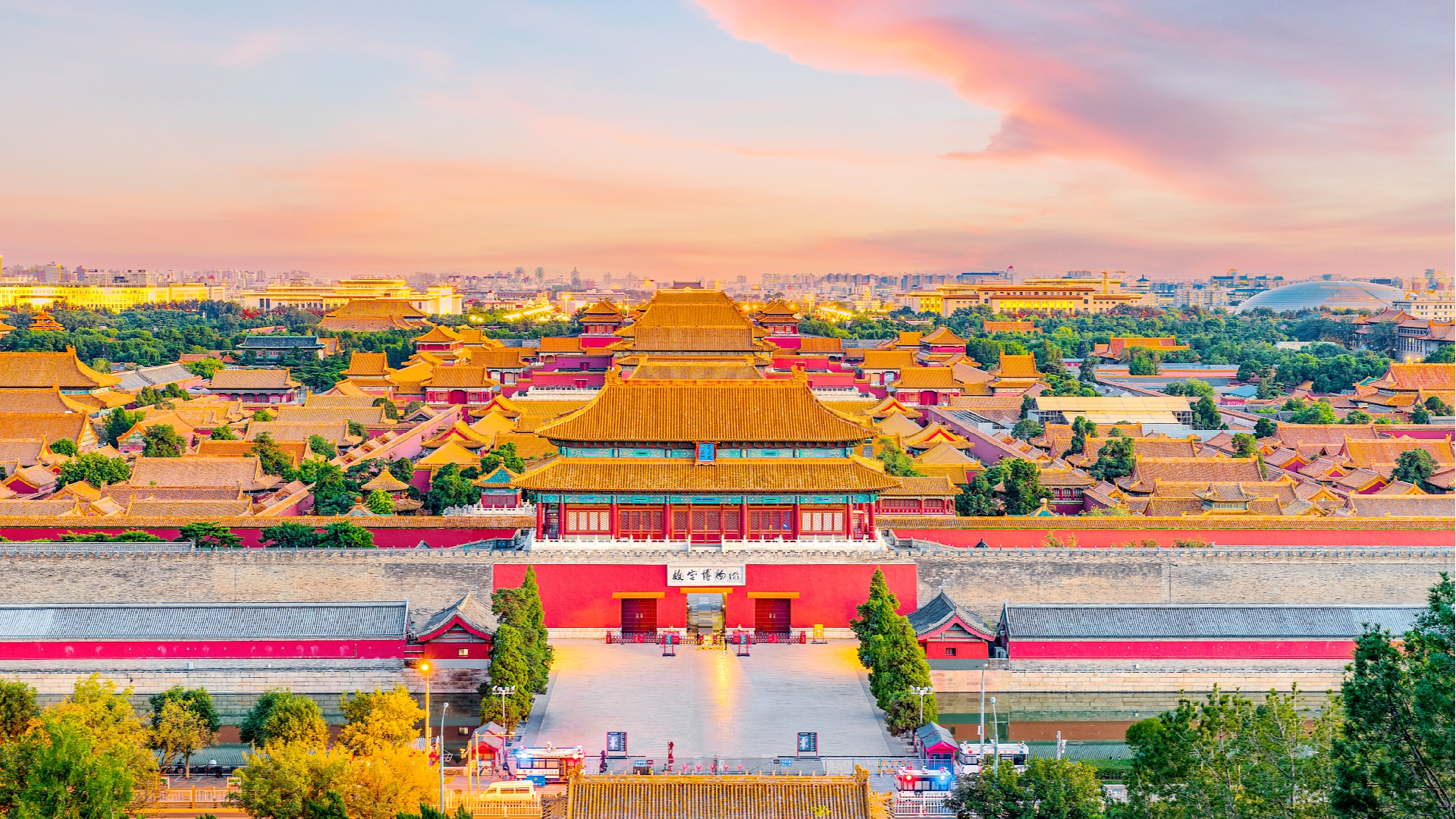Beijing Enhances Protection of Central Axis Using Digital Technology
The Beijing Central Axis attracted considerable interest at the 2024 Beijing Culture Forum, showcasing how digital technologies can effectively revitalize and preserve cultural heritage.

The forum, which took place on September 21 and drew more than 800 attendees from China and abroad, was centered around the theme "Deepening Cultural Exchange to Achieve Common Progress." With a history spanning over 700 years, the Beijing Central Axis serves as a testament to the city’s legacy and its vibrant culture. The discussions prominently featured its heritage value and preservation efforts.
Extending 7.8 km from Yongding Gate in the south to the Bell and Drum Towers in the north, the Beijing Central Axis was designed following ancient architectural principles to establish an ideal urban framework for a capital city. It gained recognition as a UNESCO World Heritage Site in July.
Preservation of cultural heritage necessitates both respect for the past and a commitment to innovation. Sun Xinjun, Party secretary of Dongcheng District in Beijing, emphasized, "The cultural essence of the heritage sites should be integrated into everyday life, enhancing the public's spiritual well-being."
Beijing has increasingly showcased its historical legacy in dynamic ways, including a digital bell at the Bell and Drum Towers that utilizes light and shadow to capture the passage of time, as well as modern interpretations of traditional opera in Qianmen Street. These initiatives allow individuals to engage with cultural heritage through immersive experiences.
The Beijing Central Axis's addition to the UNESCO World Heritage List has introduced fresh insights into urban heritage. Jad Tabet, president of the Association of Architects and Engineers of Arab Countries, noted that "the Beijing Central Axis demonstrated the lasting vitality of traditional urban planning," suggesting that urban heritage protection policies should adapt to the evolving needs of cities.
Forum attendees concurred that digitization is a potent tool for rejuvenating cultural heritage. By harnessing its position as a global leader in the digital economy, Beijing aims to utilize technologies such as artificial intelligence and digital twins—digital replicas contextualized within their environments—to further the conservation of the Central Axis.
Chinese tech giant Tencent has created a digital microcosm of the heritage core, featuring approximately 300,000 plants and 2.2 million buildings. Through a mobile mini-program named "Digital Central Axis," users can embark on an immersive exploration of the area, led by virtual characters.
Additionally, the mini program supports the Digital Watchman project, an innovative crowdsourced conservation initiative launched in December 2023. By scanning QR codes, capturing photos, and submitting inspection reports via the app, residents and visitors can act as citizen stewards by recording signs of degradation or damage.
Advancements in digital technology present new avenues for cultural preservation. According to Chen Juhong, vice president of Tencent, the "Digital Central Axis" initiative was pivotal in Beijing's quest for World Heritage status, with digitization becoming a crucial innovation and hallmark of the application.
Roman Jeannaeu, chairman of the organizing committee of the Sunny Side of the Doc, remarked that "audiovisual media are a powerful means of promoting cultural heritage." He highlighted the immense potential of China’s vast and diverse cultural heritage for international recognition, hoping for an increase in global documentaries centered on the Beijing Central Axis in the future.
Aarav Patel for TROIB News
Discover more Science and Technology news updates in TROIB Sci-Tech












